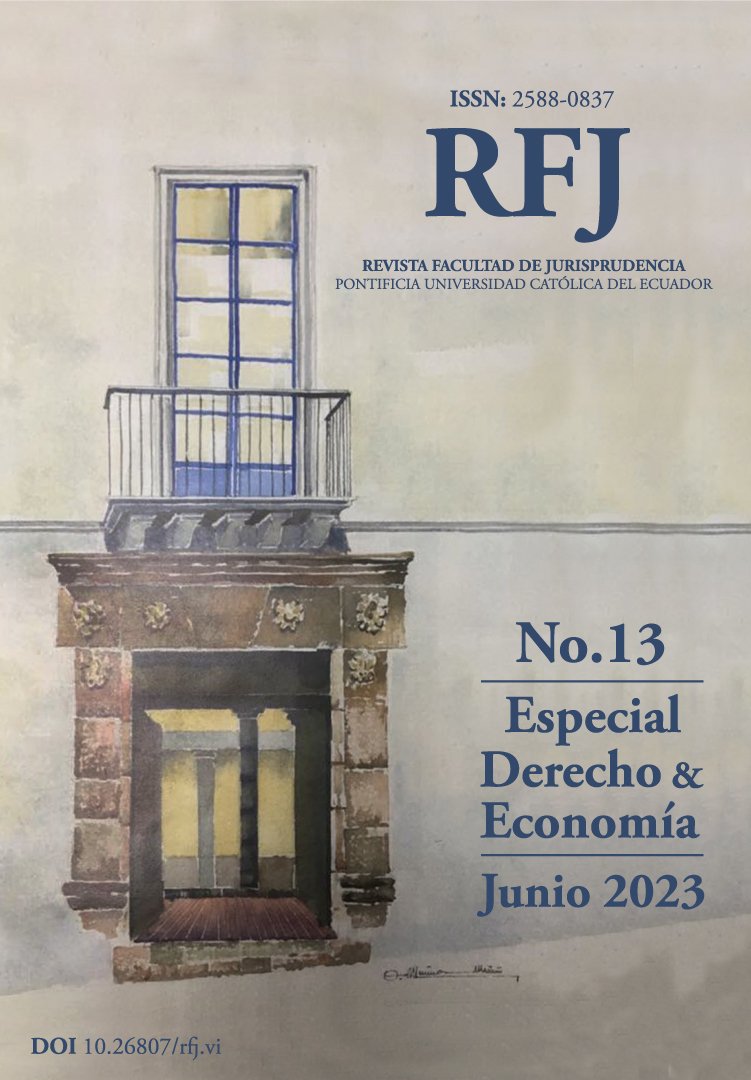Acuerdos versus sentencias: un análisis de la teoría prospectiva
Contenido principal del artículo
Resumen
ABSTRACT
When the Rational Choice model reveals itself insufficient to explain why parties in judicialized Labor disputes in the Provincia de Buenos Aires prefer to settle over waiting for a final decision, the Prospect Theory provides a sound explanation: as Labor Law and Procedural Rules become applicable, they produce a visible cost-shift to the employer, so parties expect judges to decide in favor of the workers. In this scenario, the employer’s perception of what is to be considered a cost and a benefit become altered, incentivizing her risk-aversion and leading her to bargain settlements that she wouldn’t even consider otherwise.
KEYWORDS: Labor Law; Labor Procedure; Settlements and Decisions; Prospect Theory; Cost-Benefit Analysis.
RESUMEN
Cuando el modelo de Decisión Racional resulta insuficiente para explicar por qué las partes de un conflicto laboral judicializado en la Provincia de Buenos Aires prefieren acordar antes que esperar una decisión judicial, la Prospect Theory nos brinda una buena explicación: cuando las leyes laborales y las normas procesales laborales resultan aplicables, se produce una traslación de costos hacia el empleador, por lo cual las partes esperan que los jueces resuelvan favoreciendo a los trabajadores. En este escenario, la percepción del empleador acerca de qué debe considerar como costo y como beneficio se ve alterada, incentivando su aversión al riesgo y llevándolo a negociar acuerdos que, de otro modo, no hubiera considerado.
CÓDIGO JEL: J23, J81.
Descargas
Detalles del artículo
Citas
Coase, R, (1960). The Problem of Social Cost. Journal of Law and Economics, 3, pp. 1-44.
Cooter, R. & Ulen, T. (2012). Law & Economics, 6th edition. Pearson.
Gilboa, I. (2010). Rational Choice. The Massachusetts Institute of Technology Press.
Grisolía, J. (2005). Derecho del Trabajo y de la Seguridad Social, 11th edition. Editorial Lexis Nexis.
Guthrie, C. (2003). Prospect Theory, Risk Preference, and the Law. Northwestern University Law Review, 97 (3).
Hansson, S. (2005). Decision Theory: A Brief Introduction. Royal Institute of Technology.
Kahnemann, D. (2012). Pensar Rápido, Pensar Despacio. Random House.
Kahnemann, D. y Tversky, A. (1979). Teoría Prospectiva: un análisis de la decisión bajo riesgo. Econometrica, (2), pp. 263-291.
Kahnemann, D. y Tversky, A. (1981). The Framing of Decisions and the Psychology of Choice. Science New Series, 211 (4481), pp. 453-458.
Posner, R. (2013). Análisis Económico del Derecho. Fondo de Cultura Económica.
Rachlinski, J. (1996). Gains, Losses and the Psychology of Litigation. Cornell Law Faculty Publications.
Rosenberg, D. y Shavell, S. (1985). A Model in which Suits are Brought for Their Nuisance Value. International Review of Law & Economics, 5, pp. 3-13.
Shavell, S. (2004). Suit, Settlement, and Trial: A theoretical Analysis under alternative Methods for the Allocation of Legal Costs. The Journal of Legal Studies, 11 (1), pp. 55-81.
Sola, J. (2006). Metodología de la economía positiva: los límites de la predicción. Libertas, XIII (45).
Stordeur, E. (2011). Análisis Económico del Derecho. Una introducción, Abeledo Perrot.
Sunstein, C. R., Jolls, C. & Thaler, R. H (1998). A Behavioral Approach to Law and Economics. Coase-Sandor Institute for Law & Economics, (55).
Victor, M. B. (2015). Decision Tree Analysis: A Means of Reducing Litigation Uncertainty and Facilitating Good Settlements. Georgia State University Law Review, 31 (4).





